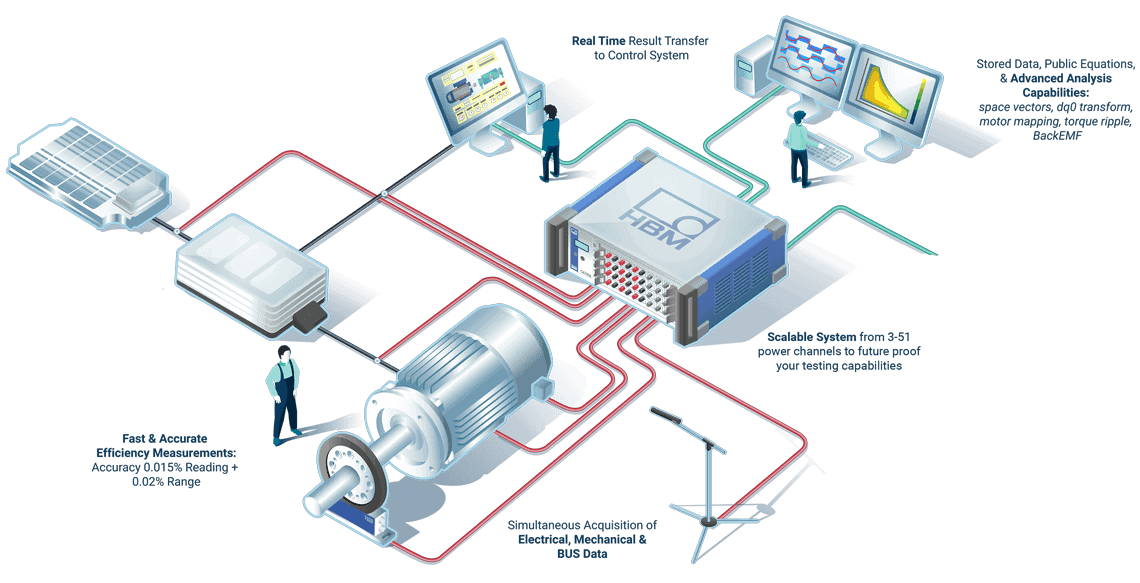Optimising Electric Motor Efficiency for Greener Roads
Electric motors are the driving force behind automotive electrification, and the shift towards electric and plug-in hybrid electric vehicles (EV/PHEVs) worldwide—and this shift is more than significant. The global market for electric motors currently stands at an approximate value of $105 billion with predictions this figure will almost double within the next ten years. This extraordinary growth is rapidly outpacing that of the broader auto industry as car manufacturers increasingly look to phase out diesel and petrol vehicles in line with critical climate initiatives, such as commitments to net-zero.
The pressure is on for OEMs to meet this ballooning demand with energy-efficient electric motors which are fully optimised for electro-mechanical power conversion. This is at the heart of how we can build more sustainable transportation, greener roads, and a leaner future.
So, just how efficient are electric motors? And how do engineers optimise electric motor efficiency?
How Efficient are Electric Motors?
There are three core elements to any electric motor drive system: a power source; converter; and motor. The efficiency of the drive cycle is typically determined by the maximum torque per amp per point in the system. Hence you can have high electric motor efficiency but poor inverter efficiency, leading to power losses between the battery and converter. Ultimately, an electric motor is as efficient as the components in the drive cycle and how well those components communicate with one another.
Factors Affecting Electric Motor Efficiency
There are countless factors affecting the energy efficiency of electric motors, including voltage across terminals, resistance across terminals, magnetic force, and more. Factors like these can be modelled in early development to best simulate the powertrain’s real-world behaviour, and to correct potential issues before they arise. Models must, of course, be validated and proprietary controls are used to moderate switching frequencies in the inverter to mitigate power losses and maintain optimal performance.
How to Make an Electric Motor More Efficient?
The most common approach to improving electric motor efficiency is to run extensive dyno testing coupled with efficiency mapping, which yields accurate raw data for dynamic testing drive cycles. Conventional powertrain testing is limited to acquiring test points as a function of time rather than in cycles, and typically to just three phases. At HBM, we have developed a premium electrical machine testing solution which functions as a high-performance data acquisition system (DAQ). The eDrive solution can derive rapid efficiency maps using the shortest measuring times per set point, and can provide real-time analyses on critical parameters like direct-quadrature (dq0) transformation.

The eDrive solution is an ideal electrical machine testing paradigm for a new era of EV/PHEV adoption, helping OEMs to drive electric motor efficiency further than ever before. Read about our electrical machine and powertrain testing solution for more information on performing electric motor efficiency optimisation.
